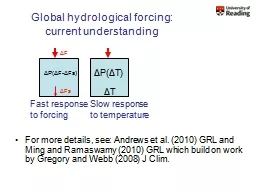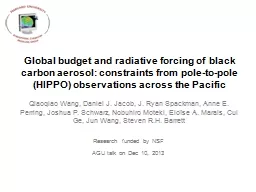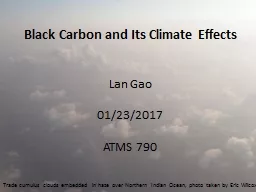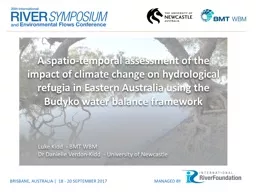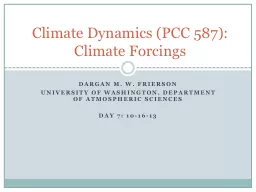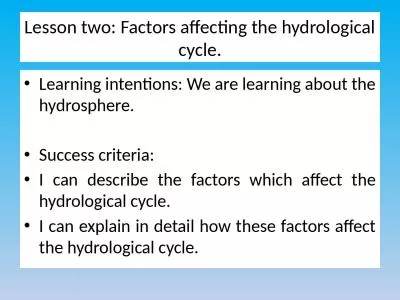PPT-Global hydrological forcing: current understanding
Author : min-jolicoeur | Published Date : 2018-03-19
For more details see Andrews et al 2010 GRL and Ming and Ramaswamy 2010 GRL which build on work by Gregory and Webb 2008 J Clim Δ T Δ P Δ T Δ P Δ F Δ Fs Fast
Presentation Embed Code
Download Presentation
Download Presentation The PPT/PDF document "Global hydrological forcing: current und..." is the property of its rightful owner. Permission is granted to download and print the materials on this website for personal, non-commercial use only, and to display it on your personal computer provided you do not modify the materials and that you retain all copyright notices contained in the materials. By downloading content from our website, you accept the terms of this agreement.
Global hydrological forcing: current understanding: Transcript
Download Rules Of Document
"Global hydrological forcing: current understanding"The content belongs to its owner. You may download and print it for personal use, without modification, and keep all copyright notices. By downloading, you agree to these terms.
Related Documents

